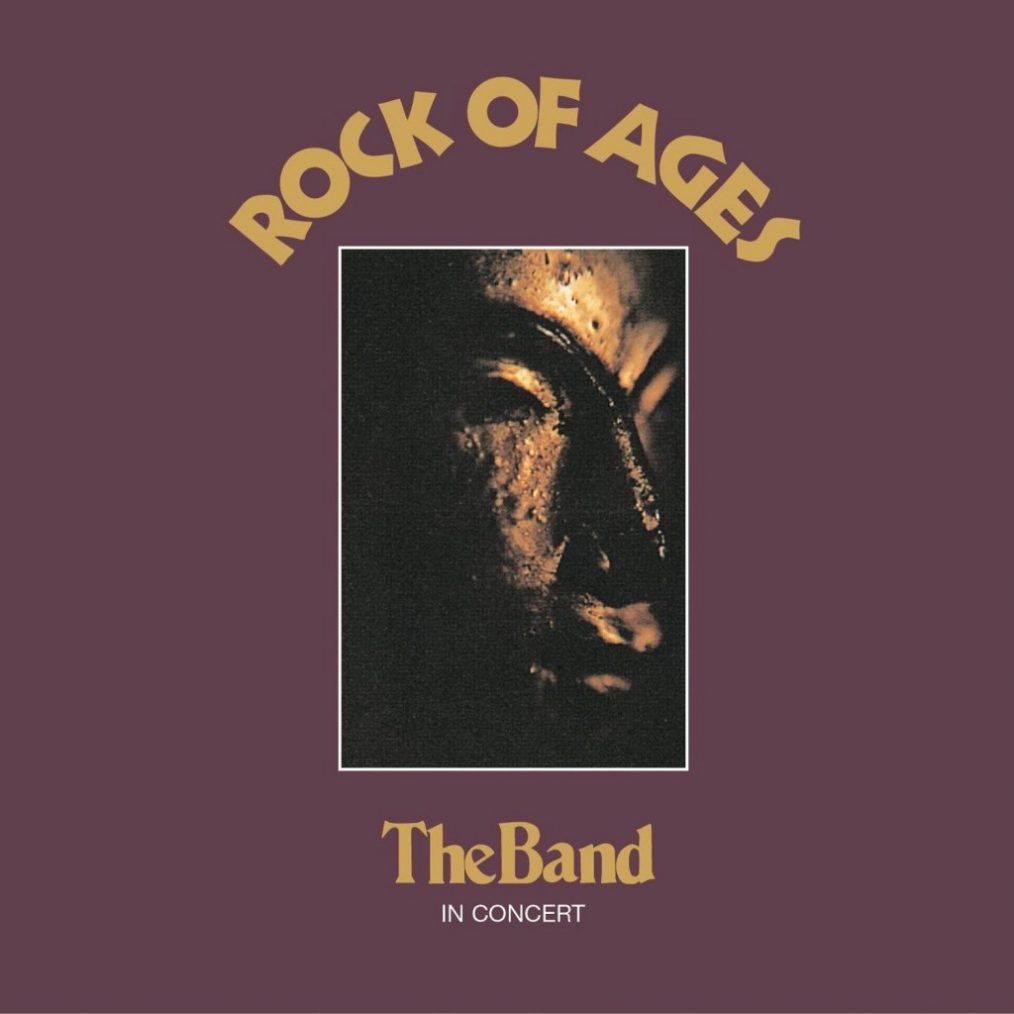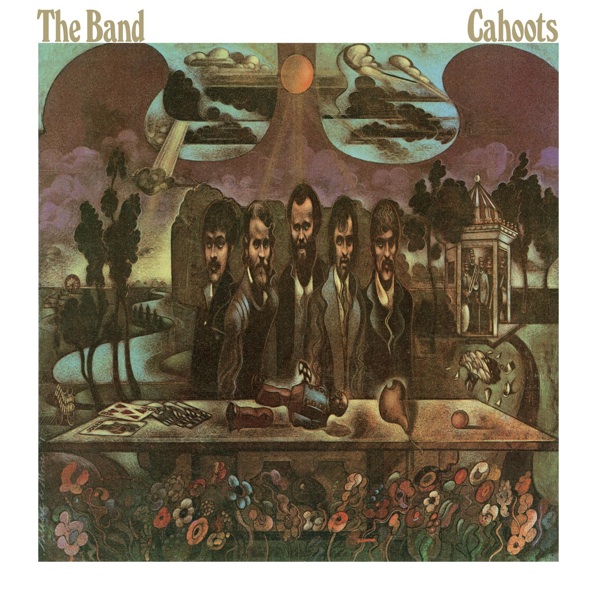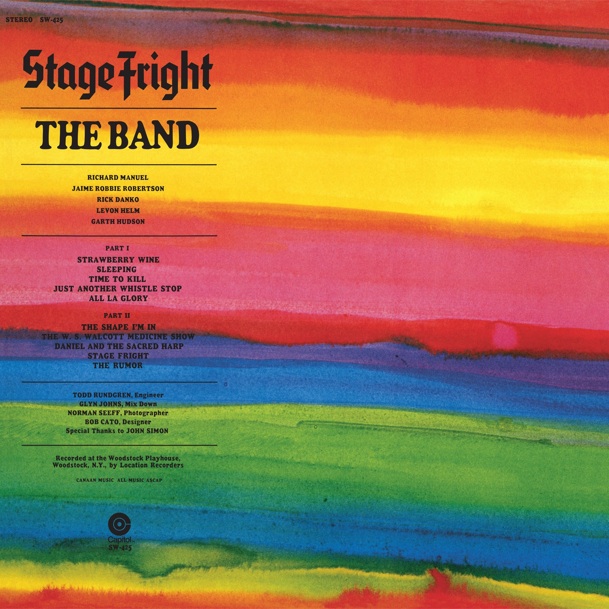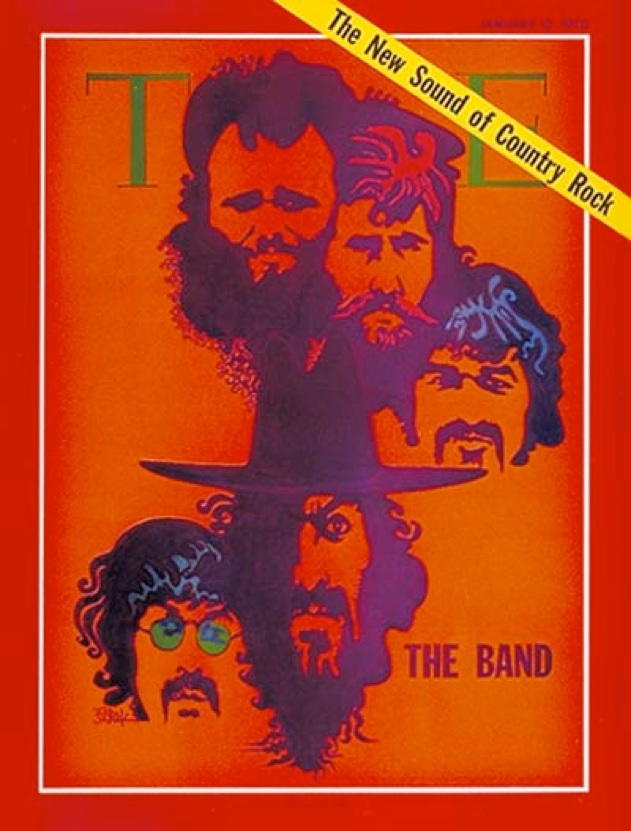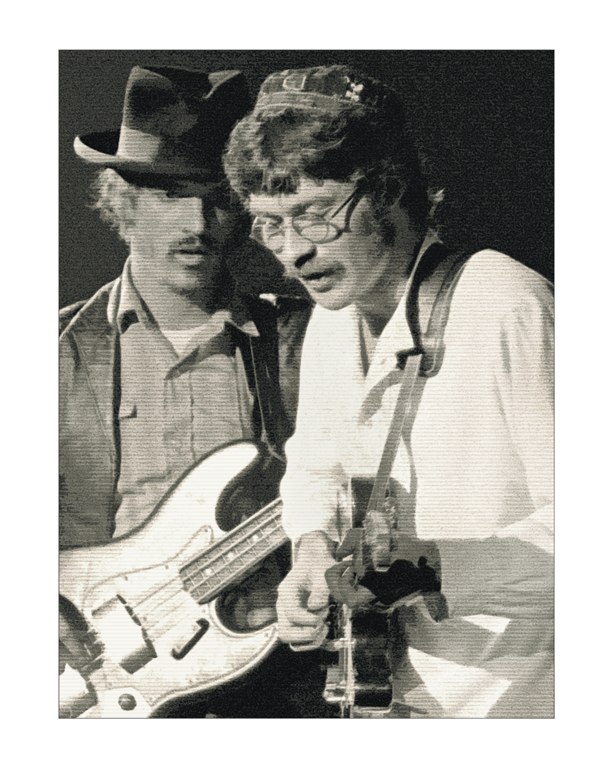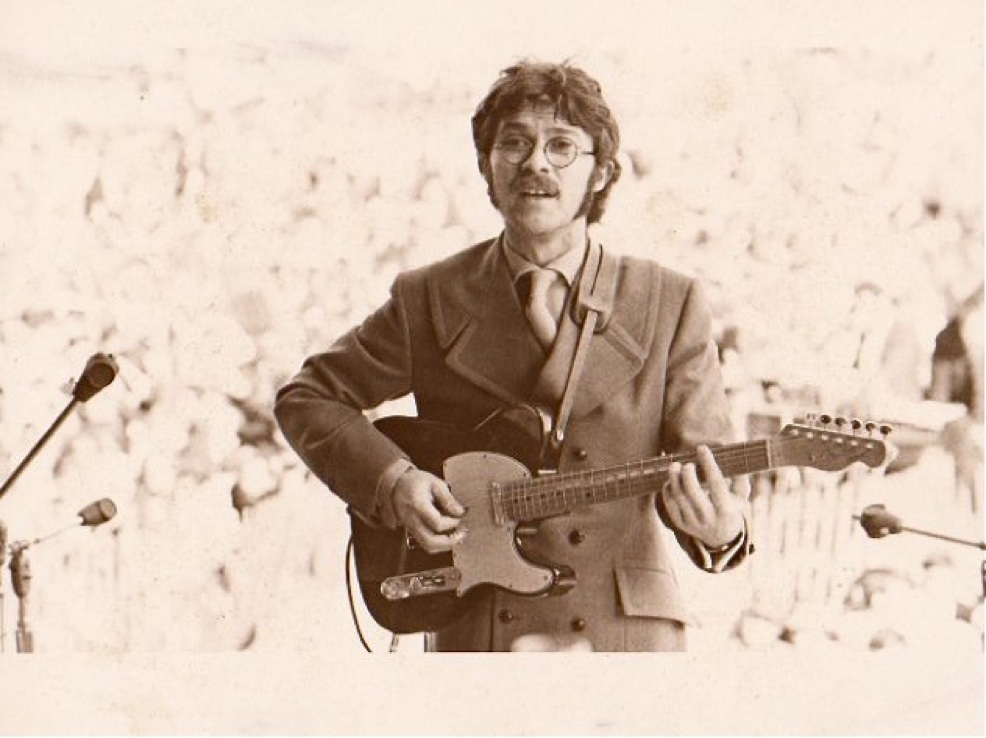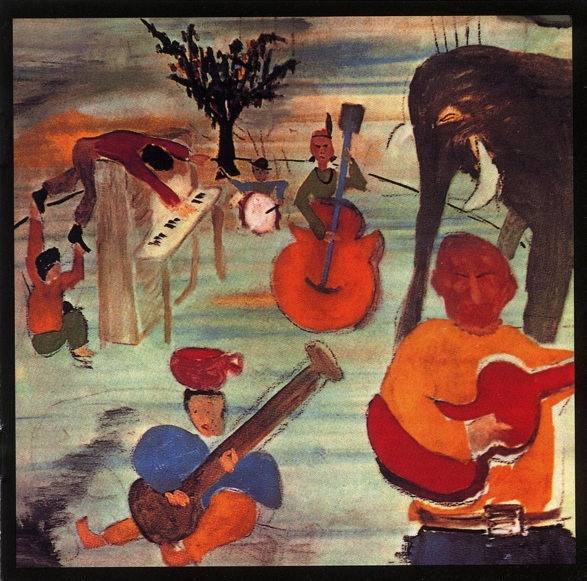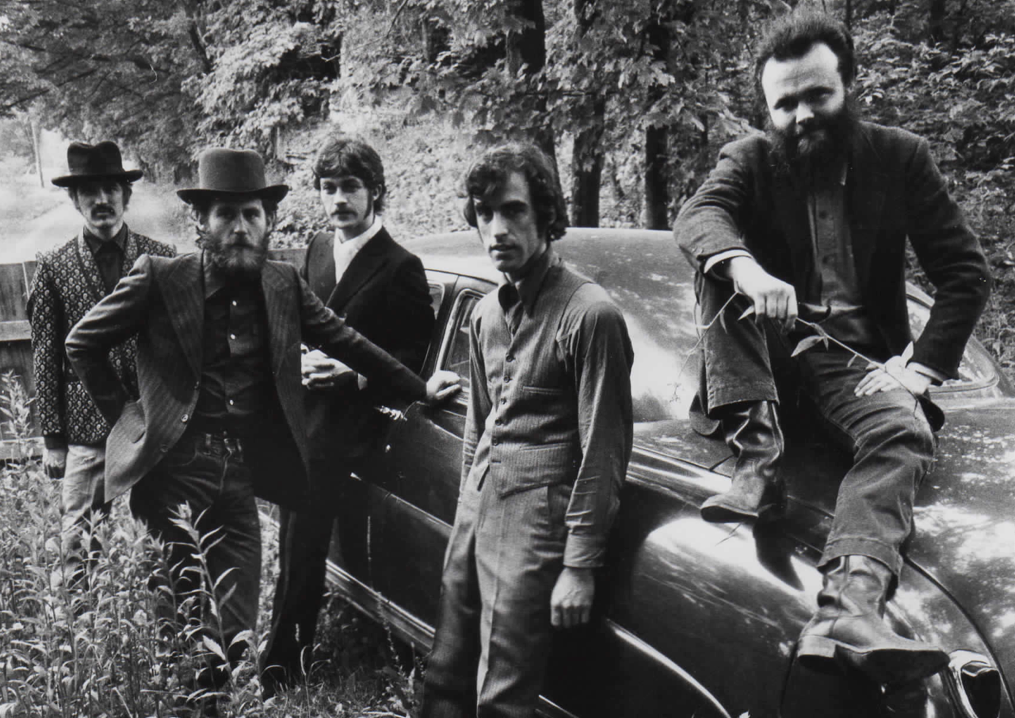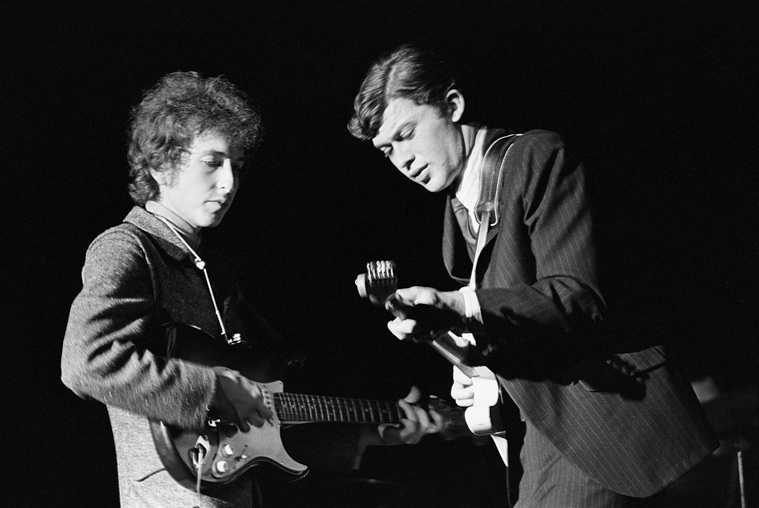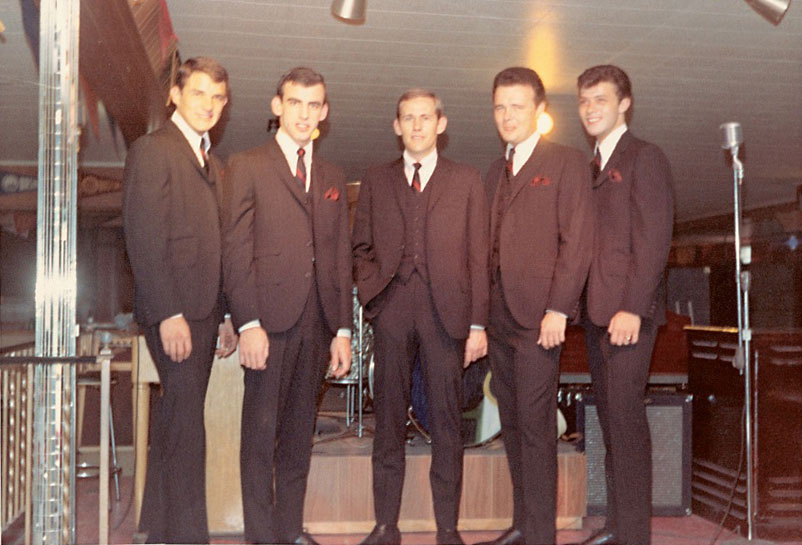The Band then set off on another U.S. tour concluding with a series of shows at New York City’s Academy of Music December 28th through 31st. The New Year’s Eve performance is recorded and released the following year as the double-album, Rock Of Ages, and achieves gold status. Among its noteworthy cuts is the previously unreleased Robertson original “Get Up, Jake” and a cover of the R&B number “Baby, Don’t Do It.” Allen Toussaint is responsible for the horn arrangement adding a New Orleans flavor to the show.
Cahoots [The Band’s 4th studio album] is released and features “Life Is A Carnival” and “4% Pantomime,” which is co-written by Roberston and Van Morrison.
The Band’s third album, Stage Fright, is released in the summer and peaks at #5 on Billboard’s Pop Album Charts. The title track and “The Shape I’m In” are among the standout Robertson songs.
The Band are the first North American musical act to be featured on the cover of Time Magazine.
On August 17th, The Band perform at the legendary Woodstock Music & Art Fair.
The Band, released in September, is the their 2nd album. It peaks at #9 on Billboard’s Pop Albums chart and in 2000,re-charted on Billboard’s Internet Albums chart, peaking at #10. The album includes many of The Band’s best-known and critically acclaimed songs, including “The Night The Drove Old Dixie Down,” which Rolling Stone later names the 245th greatest song of all time. In 2003, the album is ranked number 45 on Rolling Stone magazine’s list of 500 greatest albums of all time. In 1998, Q magazine readers vote The Band the 76th greatest album of all time. TIME magazine include it in their unranked 2006 list of the 100 greatest albums.
Following it’s release, The Band embark on their first tour of the U.S and Canada.
Music From Big Pink, debut album from The Band is released in late summer. It features now classic tunes by Robertson (including “The Weight,” “Caledonia Mission” and “Chest Fever”) as well as the first official version of Dylan’s “I Shall Be Released.” In addition to critical acclaim, the album was revered by some of the biggest names in rock, including The Beatles, Eric Clapton and The Rolling Stones.
The Hawks become The Band and sign to Capitol Records.
In late summer, Bob Dylan is looking for a backup band for his first U.S. “electric” tour. Robertson is recruited to play guitar and after two shows the balance of The Hawks are brought aboard
With Dylan, the Hawks play a series of concerts from September 1965 through May 1966, marking Dylan’s final transition from folk to rock.
Robbie plays guitar on the John Hammond album So Many Roads. Robertson’s guitar work is among his most exciting blues performances, what Greil Marcus described as “all rough edges, jagged bits of metal ripping through the spare rhythm section”.
On their own, The Hawks — under the name The Canadian Squires — release the single “Uh-Uh-Uh” backed with “Leave Me Alone” on the New York-based Ware label. The tracks are produced by R&B pioneer Henry Glover. Although The Hawks never changed their name during this period, the label felt the group should establish their own reputation and distance themselves from being known as “Ronnie Hawkins backup band”, thus dub them The Canadian Squires..

